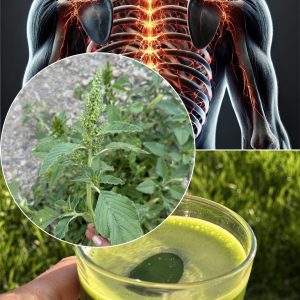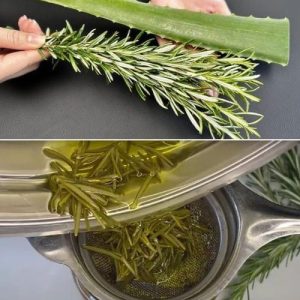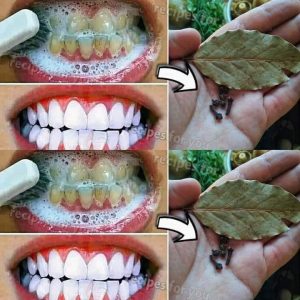Saffron, known scientifically as Crocus sativus, is a highly valued spice derived from the stigmas of the saffron crocus flower. It is renowned for its vibrant color, unique flavor, and a host of health benefits. While it is often thought of as a crop requiring vast fields, you can successfully grow saffron at home in containers. This approach makes exotic gardening accessible even to those with limited space.
Selecting an appropriate container is the first crucial step in your saffron gardening journey. Saffron crocuses thrive in well-draining pots that are at least 6 inches deep and 8-12 inches in diameter. Ensure each pot has adequate drainage holes. Terracotta or breathable fabric pots are ideal as they allow soil to dry more uniformly, preventing root rot.
Soil and Planting
Saffron bulbs, or corms, require loose, nutrient-rich soil with excellent drainage. A mix of two parts potting soil to one part coarse sand or perlite provides the ideal texture and drainage. Plant the corms approximately 4 inches deep with the pointy end up, spacing them about 3 inches apart. The best time to plant saffron corms is during late summer or early fall, ensuring they are settled in before the cooler temperatures set in.
Location and Climate
Position the containers in a spot that receives at least 6-8 hours of sunlight daily. Saffron plants are fairly drought-tolerant and prefer full sun, but in extremely hot climates, some afternoon shade may be beneficial to prevent the soil from overheating. Although saffron crocuses are perennial in zones 6 to 9, in colder climates, you can overwinter the containers indoors or in a frost-free environment.
Watering and Feeding
Water the corms sparingly. Before the sprouting stage, keep the soil just slightly moist. Increase watering as green shoots appear, but always allow the soil to dry out between waterings to prevent the bulbs from rotting. Feed your saffron plants with a balanced, slow-release fertilizer at the beginning of the growing season to support their growth and bloom.
Harvesting Saffron
Saffron flowers bloom once a year over a period of 1-2 weeks, typically in the fall. Each flower will produce three red stigmas, which are the saffron spice. Harvest the stigmas the same day flowers open, using tweezers, and dry them on a paper towel away from direct sunlight. Store the dried saffron in an airtight container away from light to preserve its flavor and color.
Care Throughout the Year
After the blooming period, the saffron plant will start to yellow and die back. This dieback is natural. Reduce watering to a minimum during this dormant phase. If you live in a colder climate, consider moving the pots indoors or to a sheltered area until the next season. Each year, consider repotting the corms and replenishing the soil to prevent overcrowding and to renew nutrients.
Growing saffron in containers is a delightful and rewarding endeavor that adds a touch of the exotic to your home gardening projects. With patience and proper care, your saffron crocuses will flourish and produce the coveted spice that has seasoned dishes and colored cuisines for thousands of years. Enjoy the process and the unique rewards of growing one of the world’s most precious spices.
Feel free to personalize and adjust this guide according to your local climate conditions and personal experience!





